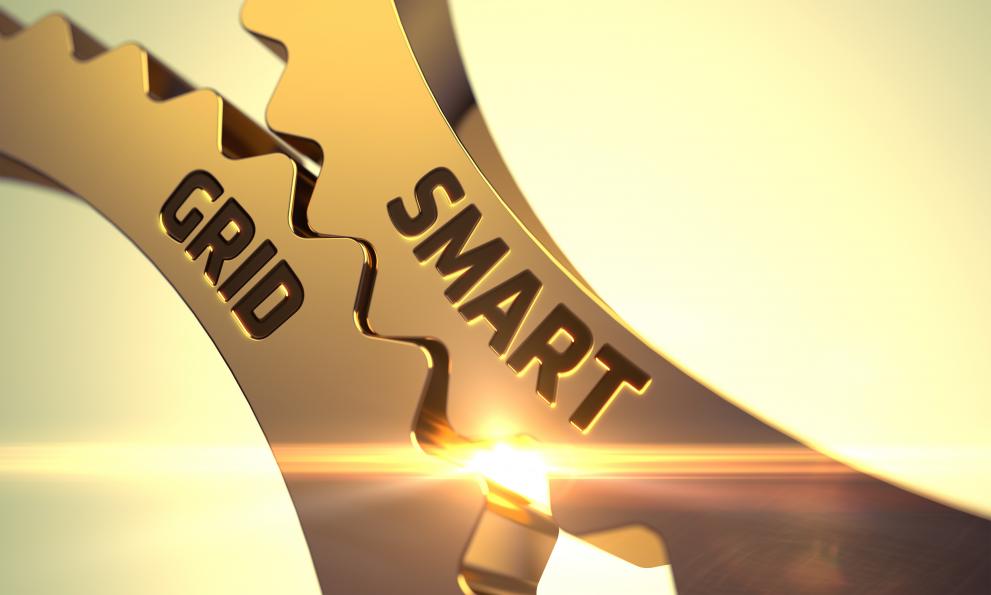
A new JRC report reflects the changes that have occurred in R&I efforts at EU level in the area of smart grids since the publication of the first Smart Grid Projects Outlook ten years ago. It analyses 407 projects, funded under the last two framework programmes for R&I, FP7 and H2020, and under the competitiveness and innovation framework programme. These projects represent a total investment of around EUR 3 billion, of which 2.3 billion comes from EU funding.
The report Smart Grids and Beyond: An EU research and innovation perspective looks into projects addressing the need to modernise the electricity grid and to better integrate the behaviours and actions of all connected users. In this sense, it goes ‘beyond smart grids’ strictly speaking, and looks at the energy transition beyond purely technological solutions. The analysis of the projects surveyed provides an overview of the main trends; of the main areas in which projects intervene; and of the organisations that participate in the projects as well as synergies and collaborative links between the organisations.
The report specifically identifies 22 organization categories grouped under 6 macro categories: energy market players, R&I stakeholders, technology and service providers, regulated operators, public institutions and Other.
Main findings
For the general trend, the study reveals an increase in R&I activities in the smart grid area in 2007–2020.
The geographical distribution of participations reveals significant differences across countries, with Spain, Germany and Italy showing the largest numbers of participations and the highest shares of collaboration links with other countries. The picture is rather different when focusing on the regional dimension: the top five EU regions, in terms of number of participations, are from France, Spain, Greece and Belgium, and the top five regions in terms of EU funding are in France, Germany and Spain.
Furthermore, the study investigates participating organisations. R&I stakeholders represent 42% of participations in all projects, technology and service providers 22%, regulated operators 9%, energy market players and public institutions 8% each and the organisations grouped under the macro-category ‘other’ 11%. Among the organisations that participated in over 10 projects, those in the top 15 positions in terms of number of participations are mainly research centres and universities.
H2020 was successful in allowing new organisations such as transport solution providers, market operators and energy brokers/traders, energy cooperatives and local governments, to join and receive funding, particularly new actors in the smart grid sector that are able to push innovative technologies and business models to markets.
The analysis of participating organisations by project domain highlights the important role of some categories of organisations in specific domains.
- Local governments are particularly active in the smart city and e-mobility domains, where they play a pivotal role in the transformation of city infrastructures and services.
- Housing associations / real estate developers are also particularly active in the smart city domain, indicating a growing interest among the residential sector, especially the social housing sector, in a fair energy transition that addresses energy poverty by increasing residential energy efficiency and self-consumption of renewable energy.
- DSOs and TSOs, traditionally active in the smart network management domain, show a high level of participation in the domain ‘other’, indicating their growing interest in the cross-cutting issues addressed by these projects, such as cybersecurity, the potential of big data for the modernisation of the European electricity grid and the creation of new smart grid services.
Background
A shift towards a low-carbon economy calls for increasing digitalisation and electrification of the energy system. The energy sector has been an early adopter of digital technologies, using them to facilitate grid management and operation. Digital technologies are viewed as enablers of a more connected, intelligent, efficient, reliable and sustainable energy system.
The twin challenge of a green and digital transformation has to happen together in order for Europe to lead the transition to a healthy planet and a new digital world. The twin digital and energy transition is thus positioned at the core of a low-carbon economy.
Related Content
Details
- Publication date
- 17 December 2021
